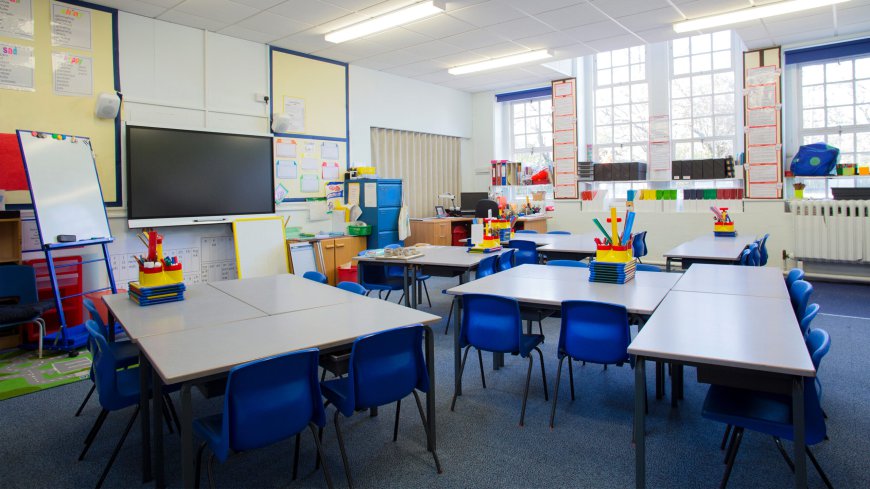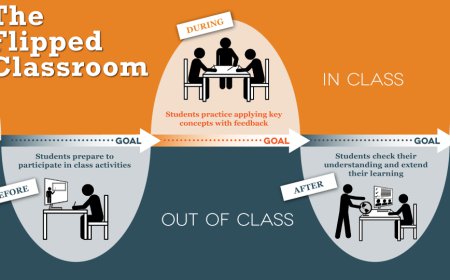In the ever-evolving landscape of education, creating a classroom environment that fosters collaboration is vital.
Designing a space that encourages teamwork and shared learning experiences can significantly enhance the educational journey. Let's delve into ten essential elements for crafting a classroom that promotes collaborative teaching and learning.
Flexible Seating Arrangements:-Classroom Design
Ditch the traditional rows and embrace flexible seating options. Arrange desks in clusters, circles, or pods to encourage interaction and group work.

Versatile Furniture:
Opt for furniture that can be easily rearranged. Mobile tables and chairs allow for quick adjustments to accommodate different teaching styles and collaborative activities.
Interactive Whiteboards and Displays:
Incorporate interactive technology like whiteboards and displays to facilitate dynamic presentations and collaborative projects. These tools engage students and make lessons more interactive.
Designated Group Work Areas:
Create specific areas within the classroom where students can gather for group activities. These zones promote collaboration without disrupting the entire class.
Ample Natural Light:
Maximize natural light in the classroom. Well-lit spaces positively impact mood and concentration, creating an environment conducive to collaborative learning.
Technology Integration:
Ensure that the classroom is equipped with the necessary technology for collaborative work, such as laptops, tablets, and audio-visual equipment.
Open Communication Spaces:
Designate spaces for open communication, where students can share ideas freely. This could include a designated discussion corner or a "share your thoughts" board.
Storage Solutions:
Implement storage solutions that keep the classroom organized. Adequate storage ensures that materials for collaborative projects are easily accessible.
Also Read:- Master Your Studies: 10 Easy Study Tips for Success
Inclusive Design:
Consider the needs of all students when planning the classroom layout. Ensure that the design accommodates various learning styles, abilities, and preferences.
Greenery and Decor:
Incorporate plants and visually appealing decor. A touch of greenery and aesthetic elements can create a positive and inspiring atmosphere for collaborative learning.
Conclusion:
By incorporating these ten elements into classroom design, educators can cultivate an environment that stimulates collaboration and active participation. Embracing these strategies can transform traditional classrooms into dynamic spaces where students thrive through shared learning experiences.
Follows Us for More Updates
Like Us on Facebook Page :
Click Here
Like Us on Instagram :
Click Here






























